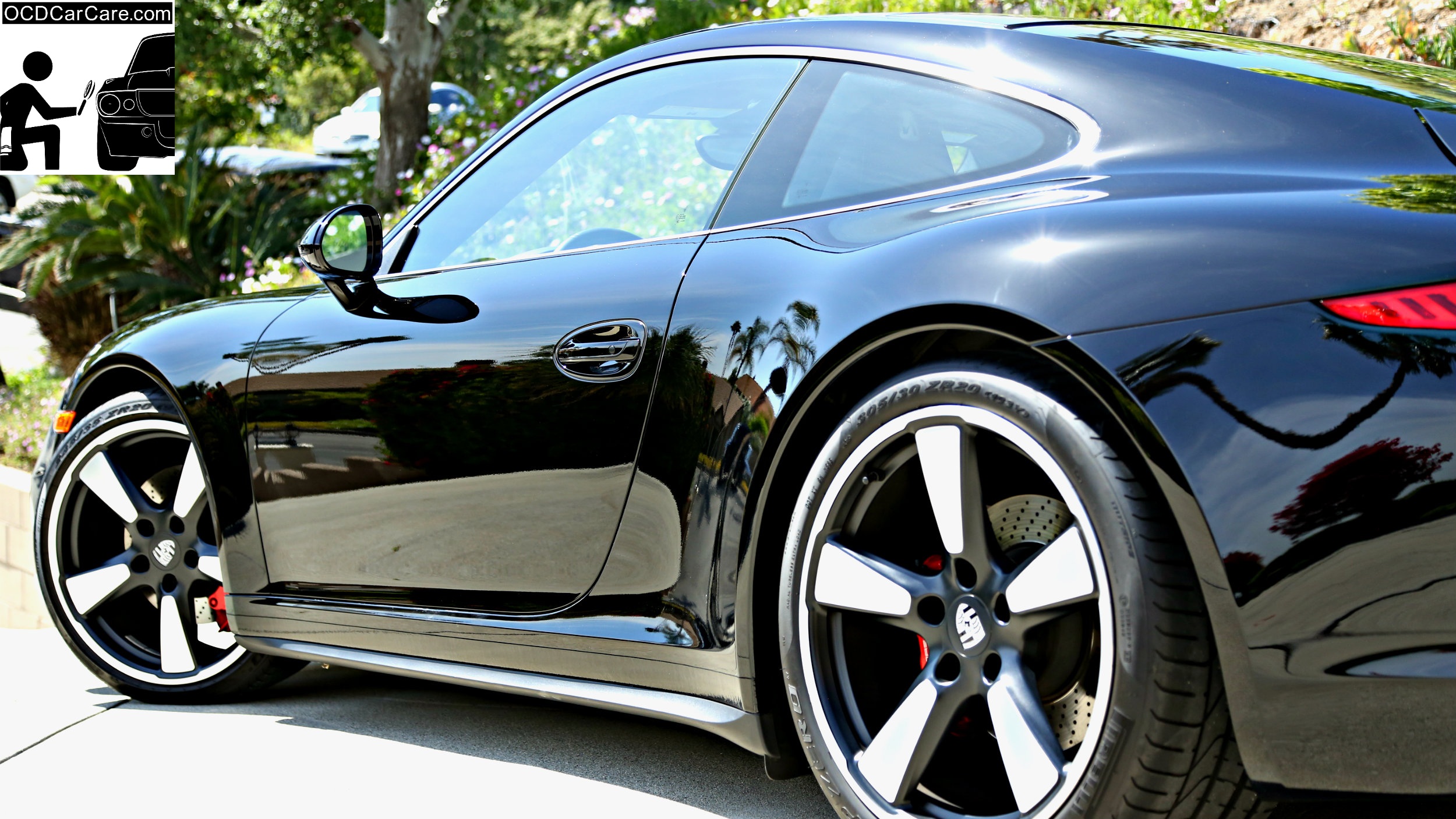Leading Ceramic Coatings San Jose to Protect Your Vehicle's Paint
Introducing the Scientific Research Behind Ceramic Coatings: Exactly How Does It Work and Why Is It Superior to Standard Choices?
Ceramic finishings have been obtaining popularity in various industries for their phenomenal efficiency and sturdiness. Understanding just how ceramic coverings work and why they outperform traditional choices is vital for those seeking to improve the longevity and resilience of their materials.
The Chemistry of Ceramic Coatings
In comprehending ceramic coverings, diving right into the detailed chemistry behind their structure is essential for comprehending their functionality and sturdiness. Ceramic layers are primarily made up of silicon dioxide (SiO2), which develops a strong and safety layer when used to numerous surface areas. This chemical framework offers extraordinary resistance to warm, chemicals, and corrosion, making ceramic coverings extremely searched for for a broad array of applications.
The chemistry behind ceramic finishings entails the development of covalent bonds in between silicon and oxygen atoms, producing an inflexible network that improves the layer's sturdiness and sturdiness. In addition, the presence of other components such as titanium, zirconium, and light weight aluminum more boosts the finish's residential or commercial properties, offering enhanced solidity and attachment to surface areas.
Understanding the chemical make-up of ceramic finishings permits for the customization of formulas to fit details needs, whether it be for automobile, industrial, or property objectives. By harnessing the power of chemistry, ceramic coverings remain to pave the method for premium defense and efficiency in numerous sectors.
Advantages of Ceramic Coatings

As an outcome, ceramic coatings make cleaning and keeping surfaces much less complicated and much less time-consuming. Generally, the multitude of benefits used by ceramic coatings make them an exceptional choice contrasted to traditional finishing approaches.
Just How Ceramic Coatings Bond
Ceramic coverings bond to surfaces with a procedure that entails molecular adhesion and chemical interactions. When a ceramic covering is put on a surface area, it creates a solid bond by chemically sticking to the surface area at a molecular degree. This bond is created through the formation of covalent bonds, which are very solid and long lasting. The ceramic layer's particles penetrate the pores of the surface area, developing a limited hold that withstands splitting up.
Additionally, the chemical interactions between the ceramic covering and the check this site out surface further enhance the bond. ceramic coatings san jose. These communications enable the ceramic finishing to produce a continuous and smooth layer on the surface area, offering excellent protection and resilience. Unlike traditional layers that might rest on the surface without fully bonding, ceramic coatings develop a long-term bond that is resistant to chemicals, UV rays, and rough ecological conditions

Essentially, the bonding device of ceramic finishings makes sure a effective and durable protective layer that surpasses traditional coating alternatives. This remarkable bond adds to the toughness, scratch resistance, and durability of ceramic finishes, making them a preferred selection for different applications.
Durability of Ceramic Coatings
The exceptional durability of ceramic finishings stems from their durable molecular adhesion and chemical interactions with surface areas, making sure a sturdy protective layer that exceeds conventional covering options. When used, ceramic coatings develop a strong bond with the substrate, developing a durable barrier versus different environmental stressors pop over to this web-site such as UV radiation, chemicals, and abrasions. This bond is so safe and secure that it can endure the roughness of day-to-day usage without weakening or weakening promptly.
Unlike conventional coverings that might break down over time, ceramic finishes maintain their integrity for an extended duration, supplying resilient security for the underlying surface area. On the whole, the phenomenal durability of ceramic layers makes them a premium option for safeguarding a wide range of surface areas in different applications.
Ceramic Coatings Vs. Conventional Alternatives
In contrast my website to conventional finish approaches, ceramic coatings provide an unique mix of sturdiness and safety capabilities that set them apart in numerous surface area protection applications. Traditional options such as wax or sealants offer a momentary layer of security that can diminish promptly, calling for regular reapplication. On the various other hand, ceramic finishings develop a solid bond with the surface, producing a long-term or semi-permanent barrier that is highly resistant to abrasion, chemicals, UV rays, and extreme temperature levels.
In addition, ceramic layers supply premium hydrophobic homes compared to traditional coatings. The hydrophobic nature of ceramic coatings creates water to grain up and roll off the surface, carrying dust and impurities with it. This self-cleaning impact helps to maintain the surface area's tidiness and gloss for extended durations, lowering the requirement for frequent upkeep.
Furthermore, ceramic finishes have a thicker layer compared to traditional alternatives, supplying improved scratch resistance and defense against minor effects. This sturdiness guarantees long-lasting efficiency and helps maintain the aesthetic allure of the treated surface area for a prolonged period.
Verdict
Finally, the science behind ceramic finishes hinges on their chemical make-up and bonding buildings, making them exceptional to traditional choices. The benefits of ceramic finishes include raised toughness and protection for surface areas. By understanding just how ceramic coverings job and their advantages over conventional alternatives, one can make informed choices when considering finish options for different applications.
Unlike typical finishings that might sit on the surface without totally bonding, ceramic coverings produce a permanent bond that is resistant to chemicals, UV rays, and rough environmental problems.
The phenomenal longevity of ceramic finishes stems from their durable molecular adhesion and chemical interactions with surfaces, making certain a durable protective layer that exceeds conventional finishing choices.Unlike traditional coverings that may break down over time, ceramic layers keep their integrity for an extended period, offering lasting security for the underlying surface.In comparison to traditional finish approaches, ceramic layers supply a distinct mix of durability and safety capacities that establish them apart in numerous surface area security applications. By comprehending exactly how ceramic finishings work and their advantages over traditional options, one can make informed choices when taking into consideration layer alternatives for numerous applications.